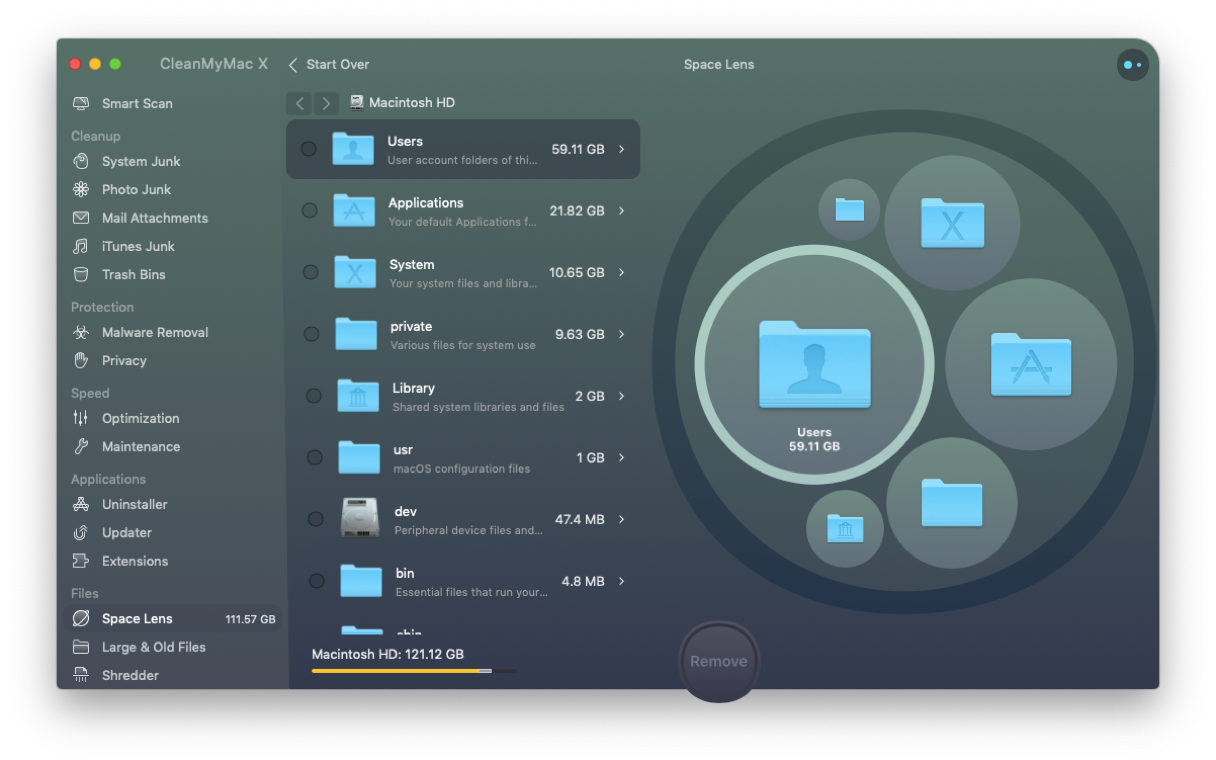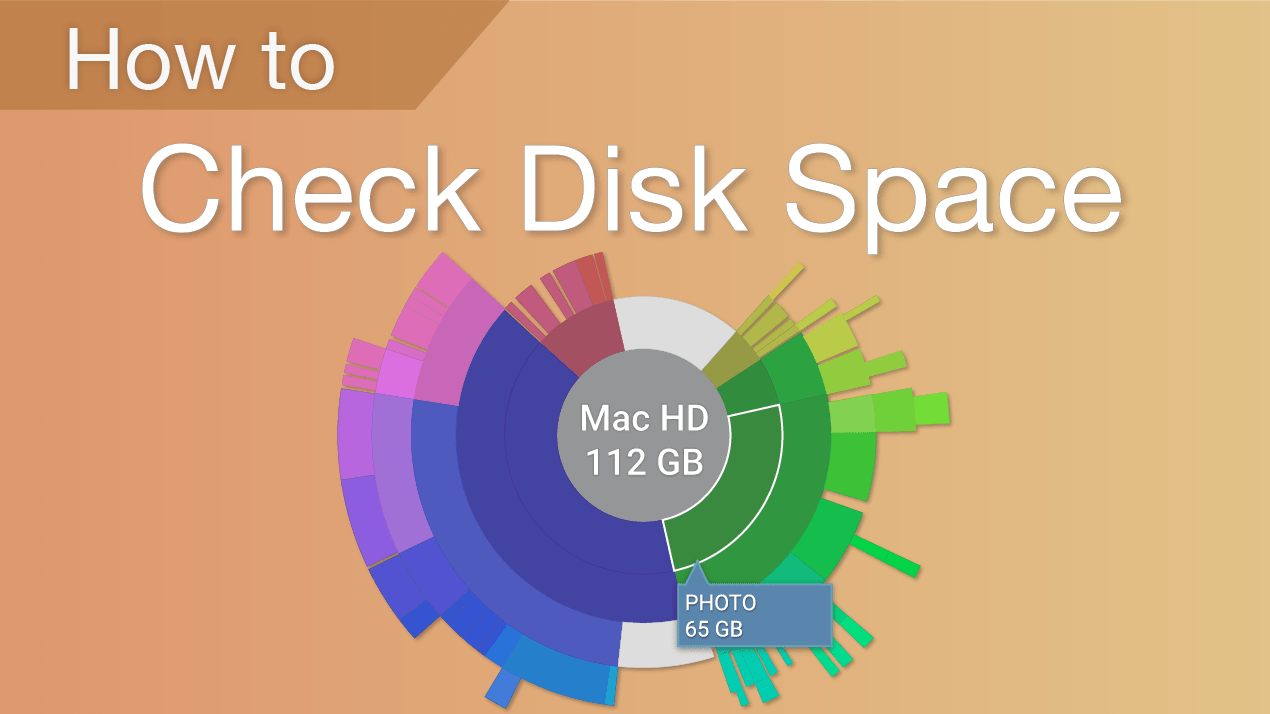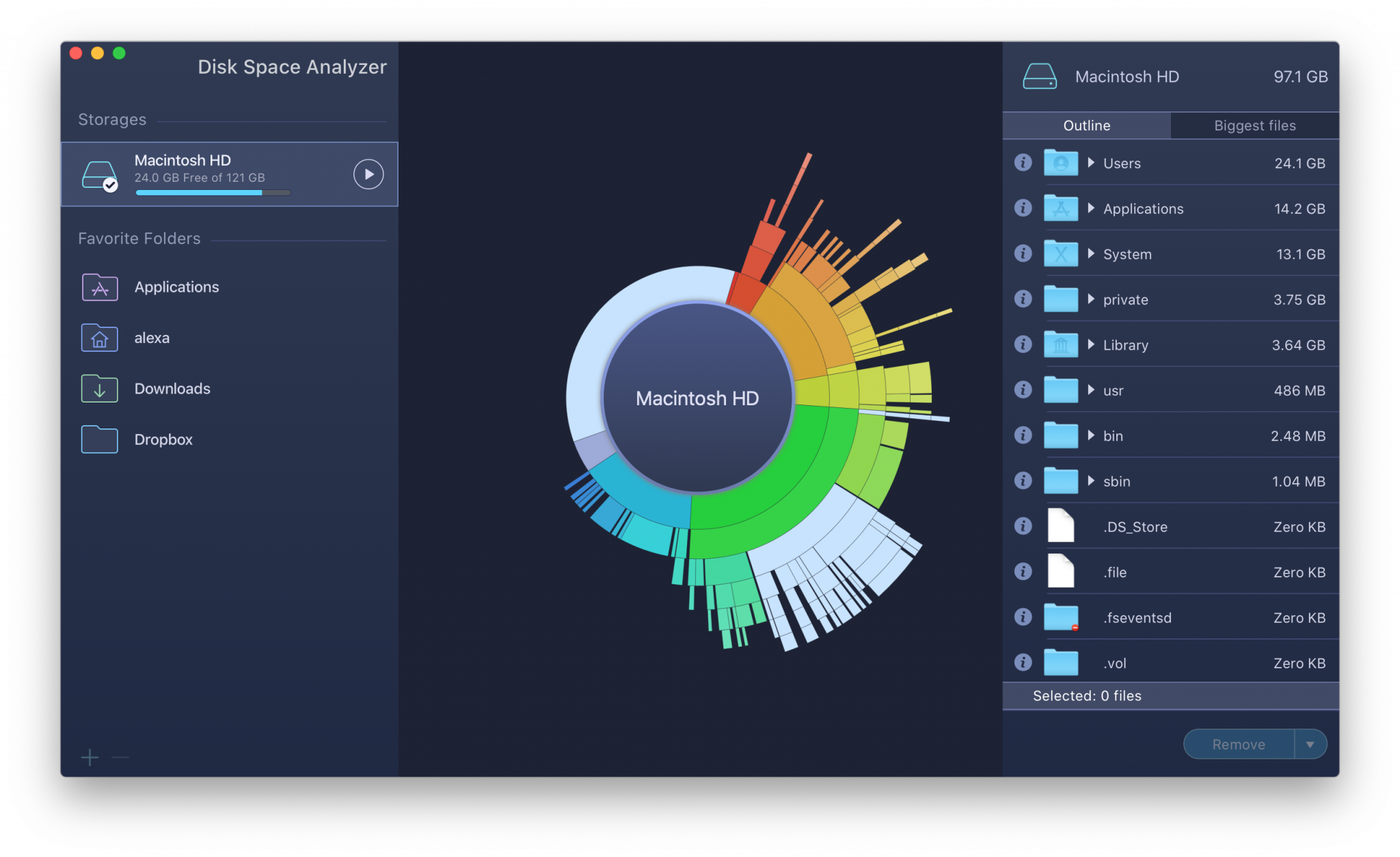

In today's life, many Mac users are constrained by the limited storage space. Look for the one you need, and you are good to go. Step 3: Click on the Storage tab in the windows that open.Īfter this step, you will find a list of hard drives and other connected devices with their storage details. Note: To check the storage on Mac with an older version of OS X, you have to click on more info button before the next step. Step 1: Click on the Apple logo on the top Screen. If you have no idea of the space available in your guide and don’t know how to check space on Mac, here’s how you can do it without using any third-party software or complex processing. So at least 10% of the hard drive must be available all the time.

It hinders the regular working cycle of the Macbook and turns it to a slow and unreliable machine. Low storage in the hard disk increases the data processing load on the system, which then acquires most of the working memory. If you are in a situation where your MacBook has started to present slower performance and is taking too much time to boot, maybe its time you take a look at the hard disk space. It will display all the storage media with their storage space details Step 5: A menu to Check CPU usage Mac will open Step 4: Open the activity monitor from here Step 3: Now select the utilities from the list

If you don’t know how to check Mac storage, here are the steps that you have to take. The only solution to deal with this problem is to regularly check the storage on Mac and optimize the system whenever it’s nearly filled. If you have a hard disk, you will literally be able to hear the spinning of the drive, once it's full. It gets your system bloated, slows the hard drives, decreases the CPU performance, and even causes heating problems. The filling space of the MacBook doesn't only prevent you from adding data, but it also has a drastic effect on your system. The duplicated files and the cache files created in your system are also an active contributor to the storage problems. The data like the iTunes movies, log files, and applications will use the space.Įven if you somehow avoid all the unnecessary data, the MacBook has to deal with log files, backups, operating system files, updates, and a lot of others. There are high-quality 4k videos, full-size photographs, RAW files, documents, and a lot more.

The thing is there is too much data that needs processing. They know that even the most abandoned storage devices available in the market eventually fail to keep up with their daily need. Those who are using MacBook for their daily work like programming, coding, designing, photography, and other important work know how quickly their storage space gets filled. How to Recover Accidentally Deleted Files on Mac.


 0 kommentar(er)
0 kommentar(er)
